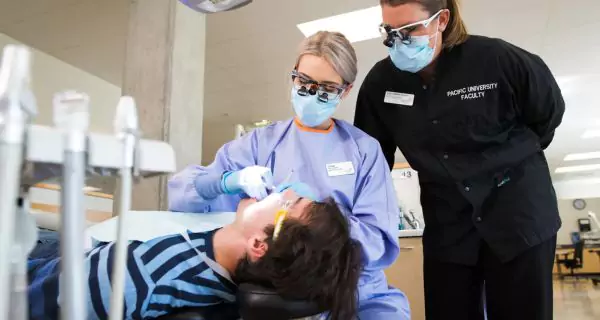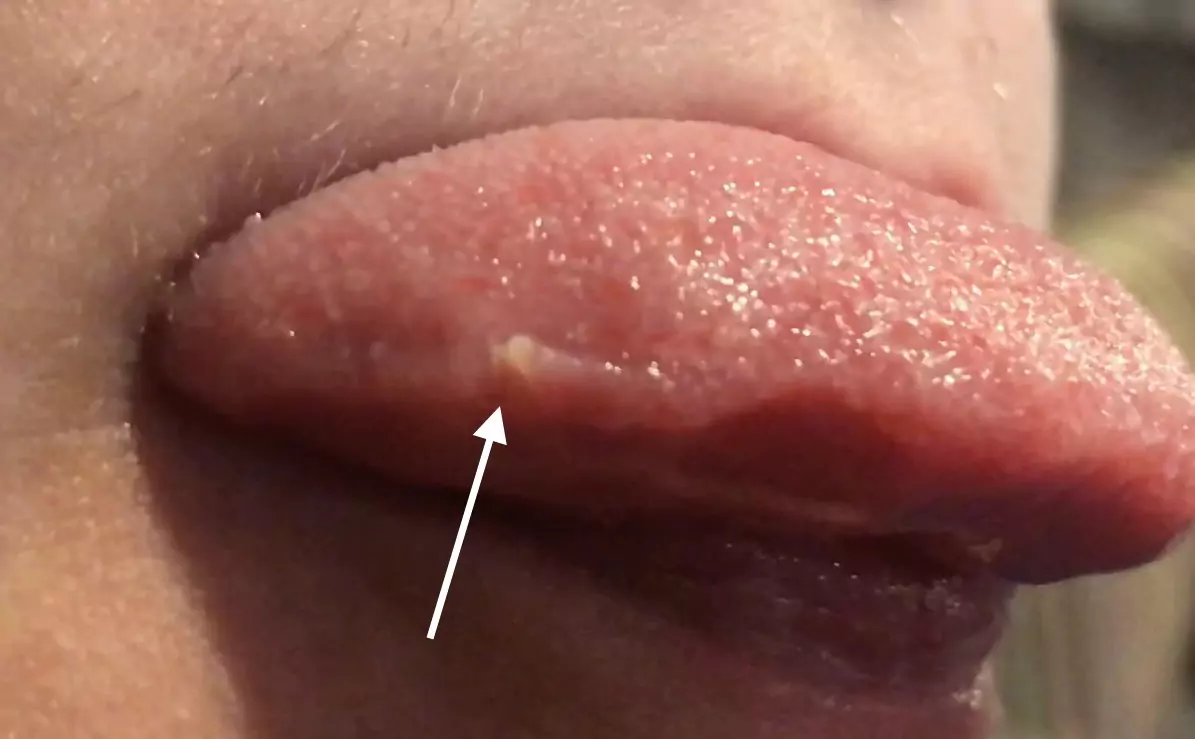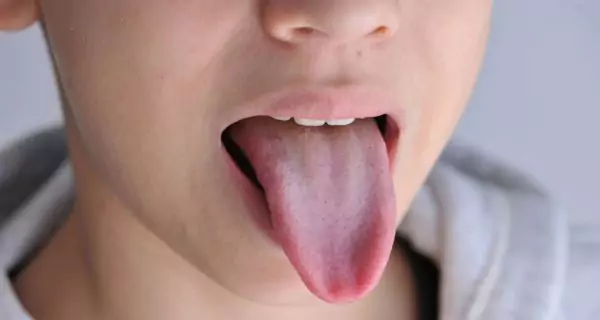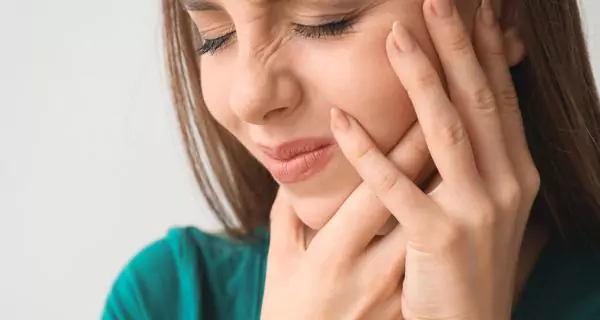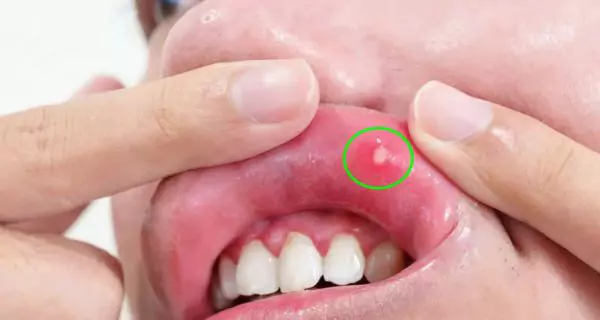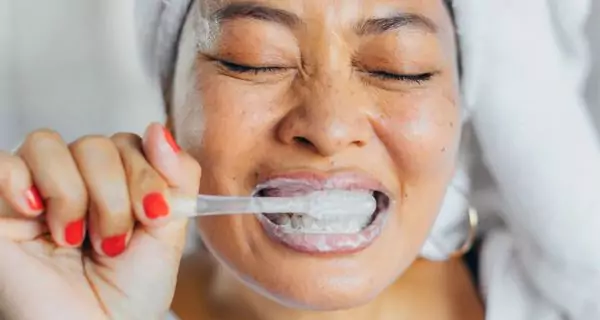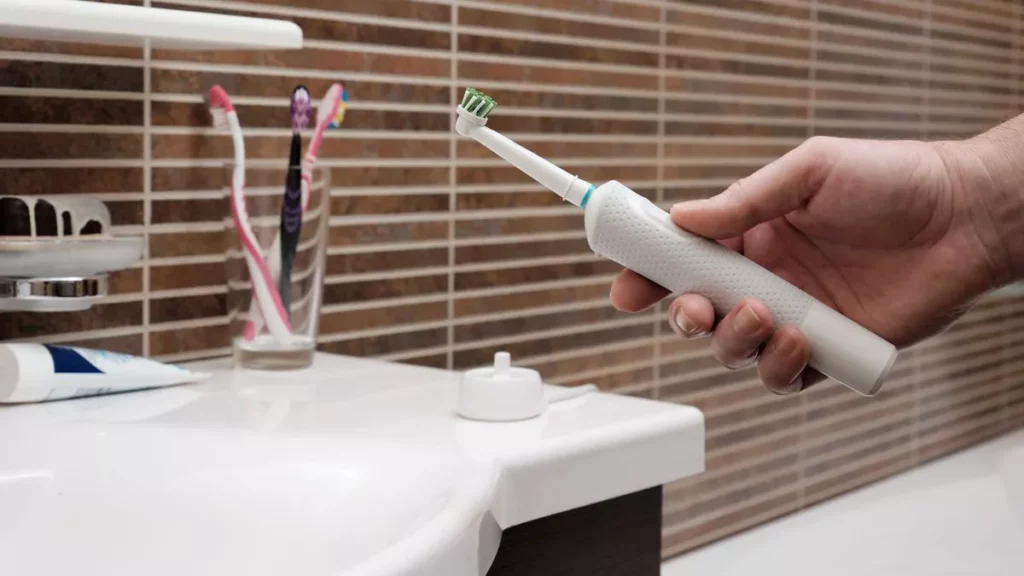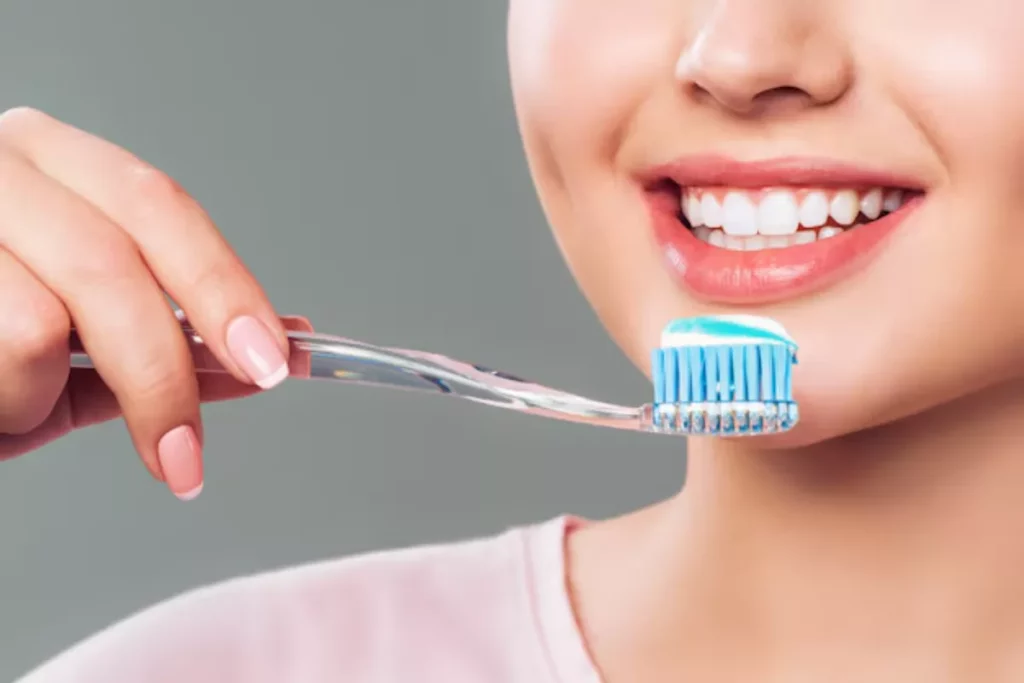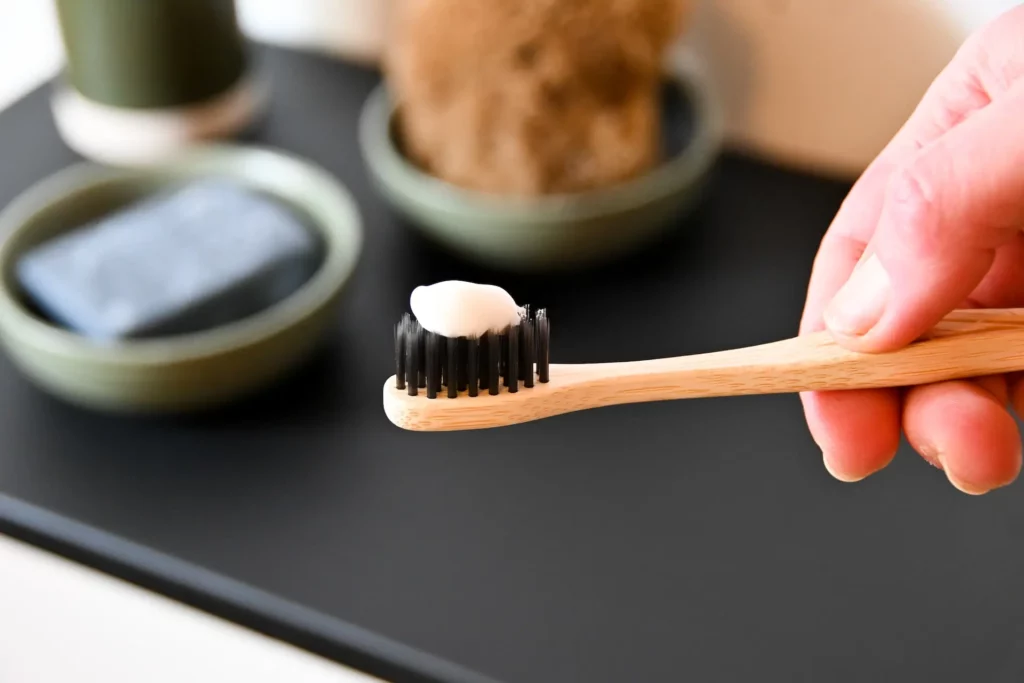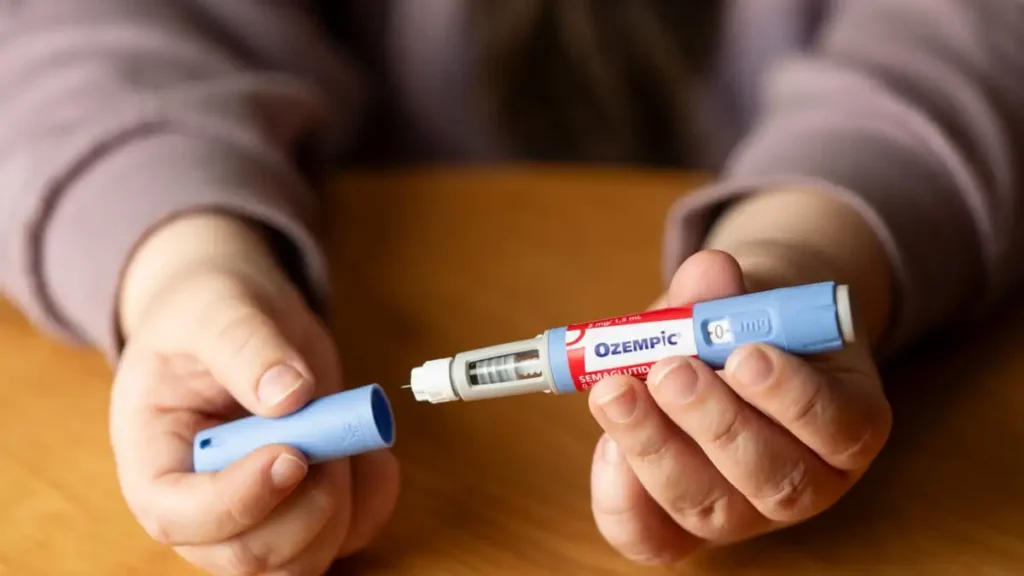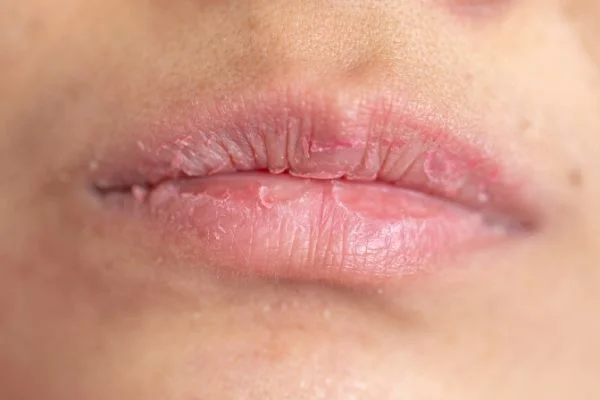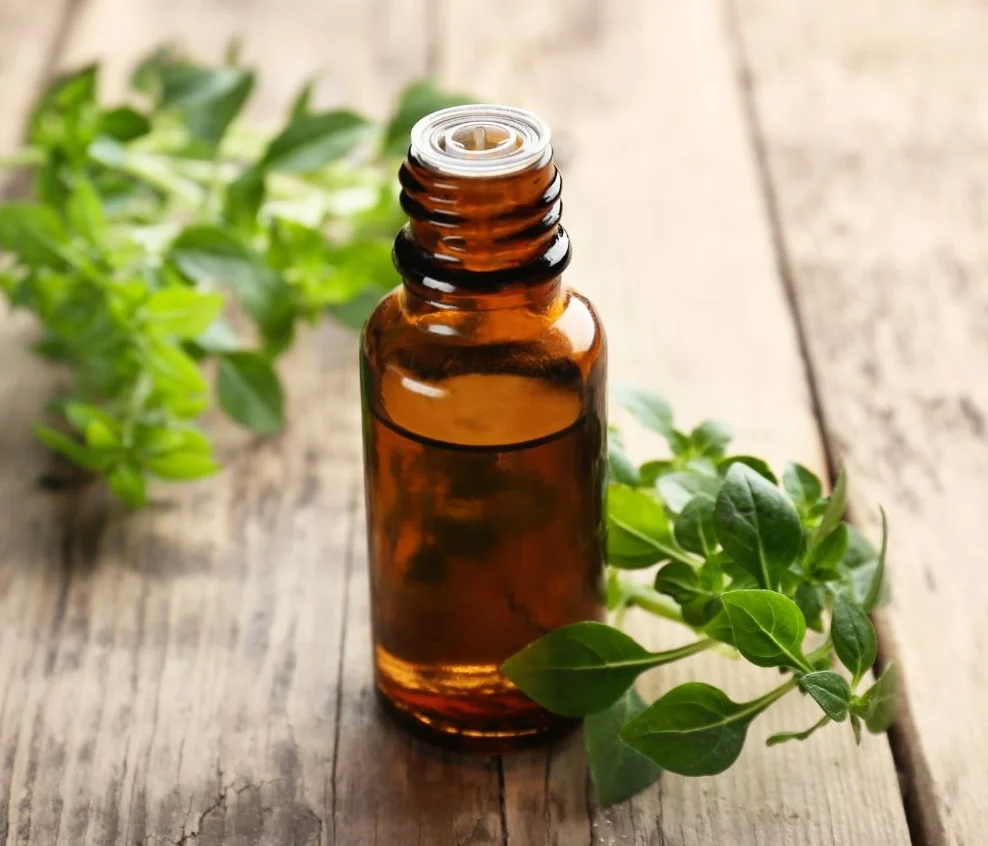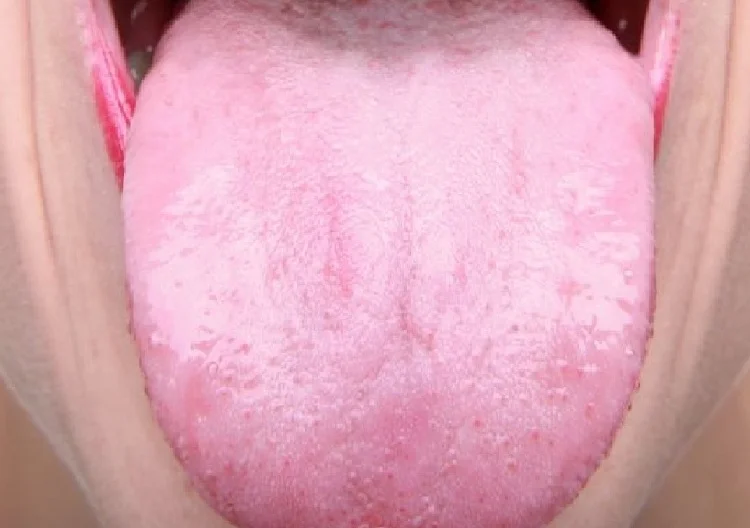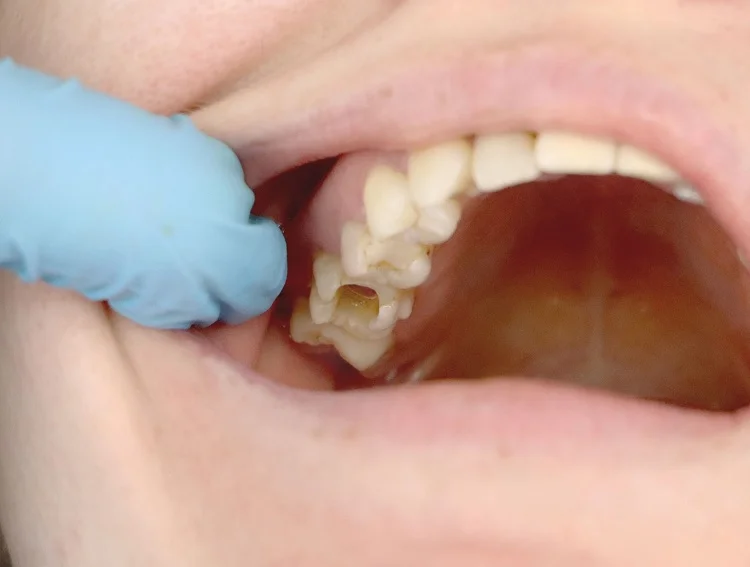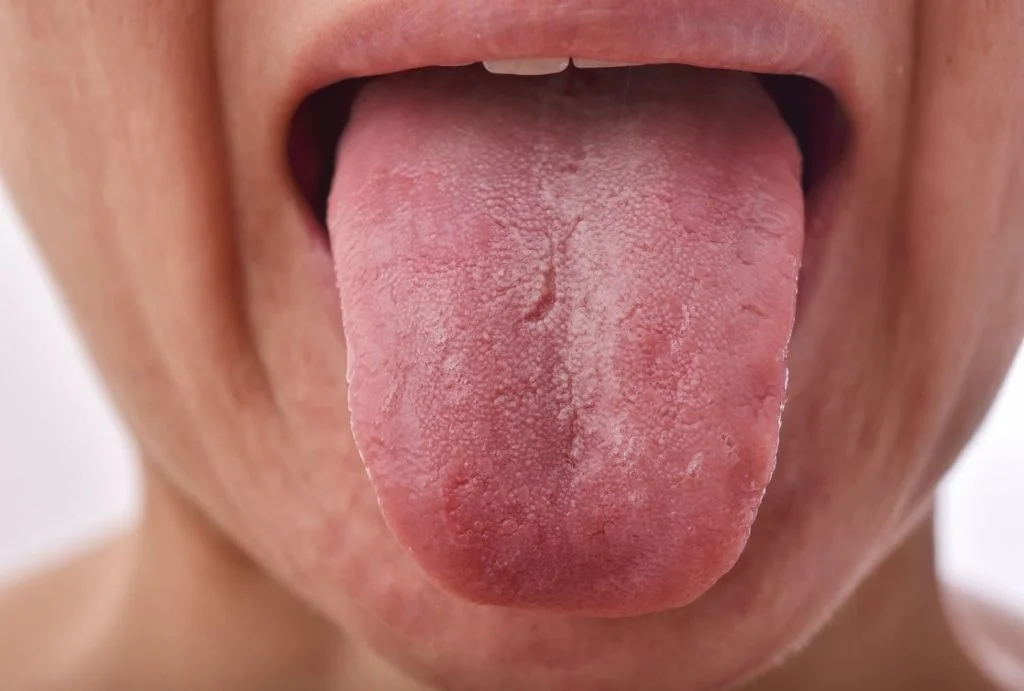Last Updated on: 19th September 2025, 12:29 pm
You can tell it’s lingual papillitis: you notice small, red or white painful bumps on the tongue, often at the tip or sides. They may appear suddenly, cause discomfort when eating, and usually resolve on their own within a few days.
Have you ever felt a little bump on your tongue that hurts when you eat or talk? It may be a lingual papillitis, which are small red or white bumps on the tongue that cause a lot of discomfort.
Even though it may look worrying, it’s usually not serious. But it’s helpful to know why it happens, how to tell it apart from other mouth problems, and how to feel better. You can take care of it properly and know when to seek professional help.
What is lingual papillitis and why does it happen?
Your tongue isn’t completely smooth. It has tiny bumps called papillae, which hold your taste buds.
Sometimes, these bumps get inflamed. may look red or white, feel sore, and make it hard to eat or talk.
This condition is called lingual papillitis, or sometimes “lie bumps.” It may look scary, but the truth is that it’s usually harmless and goes away on its own in a few days.
What types of lingual papillitis exist?
Experts recognize several types of lingual papillitis:
- Transient Lingual Papillitis (TLP): the most common form. It causes 1 or more painful red or white bumps. These often appear suddenly and go away in 1–4 days.
- Eruptive Lingual Papillitis: more common in children. It can cause many bumps on the tongue, along with fever, swollen lymph nodes, and increased saliva. It may last up to 1–2 weeks.
- Papulokeratotic Lingual Papillitis: A rare, long-lasting form. It causes many small white or yellow bumps across the tongue, but usually without pain.
- U-Shaped Lingual Papillitis (COVID-related): a newer form seen in some people with COVID-19. It causes swelling and bumps that form a U-shape along the sides of the tongue.
What causes lingual papillitis?
Lingual papillitis doesn’t have just one cause. Instead, there are several factors that increase the chances of getting it. We group them into two main categories: predisposing factors and triggering factors.
Predisposing factors
These are conditions that make a person more likely to develop lingual papillitis; they don’t cause it directly, but they make the tongue more sensitive or your body less able to defend itself:
- Genetic sensitivity: Some people naturally have a more sensitive tongue than others.
- Weakened immune system: due to illness, certain medications, or ongoing stress.
- Chronic stress or anxiety: can affect overall health and show up in your mouth.
- Nutritional deficiencies: especially a lack of B vitamins or iron, which help keep mouth tissues healthy.
- Certain medications: like antibiotics or drugs that disturb the natural balance of bacteria in your mouth.
Triggering factors
Things that make your tongue inflamed at a specific moment:
- Irritating foods: spicy, acidic, very hot, or crunchy foods can irritate the tongue.
- Minor tongue injuries: like accidentally biting your tongue or friction from braces or dentures.
- Hormonal changes: during menstruation, pregnancy, or hormone treatments.
- Infections: both viral (like herpes simplex) and fungal (like oral thrush).
- Poor oral hygiene: can lead to more bacteria and tissue irritation.
- Smoking or alcohol use: these can upset the natural balance of the mouth and irritate the tongue.
Lingual papillitis often appears when several of these factors combine. For example, someone with a weakened immune system, going through a stressful time, and eating spicy foods has a higher chance of developing this condition.
What are the symptoms of lingual papillitis?
You’ll usually notice this condition quickly. Let’s see how to recognize it.
- Appearance: small red, white, or yellow bumps, typically on the sides or tip of the tongue.
- Sensation: pain, burning, itchiness, or tingling.
- Onset and duration: appear suddenly and resolve in a few hours to 1–4 days; more prolonged variants may last up to 15 days.
- Associated symptoms: fever or lymph node swelling may occur in eruptive cases; localized discomfort often dominates in classic forms.
Most of the time, lingual papillitis is harmless and short-lived. But if the bumps last more than a week or get worse, it’s a good idea to see a dentist or doctor.
Are there any other conditions that look similar to lingual papillitis?
Yes, some conditions can look very similar to lingual papillitis. Knowing how to tell them apart is essential to avoid misdiagnosis and get the correct treatment. Here are the most common.
Geographic tongue (benign migratory glossitis)
This condition shows up as smooth, red patches on the tongue with raised or white borders. These patches tend to move around, which means they can appear in different spots each time.
- Often painless, but some people may feel a burning sensation with spicy or acidic foods.
- It’s a harmless, recurring condition that doesn’t usually require treatment.
Canker sores (aphthous ulcers)
These are small, shallow ulcers with a white or yellow center and a red border.
- painful, especially when eating, drinking, or talking
- typically heal within 1–2 weeks on their own
Oral thrush (candidiasis)
Shows up as creamy white patches that can be scraped off, leaving red, sore areas underneath.
- may come with dry mouth, bad taste, or burning
- more common in people with weakened immune systems or those using antibiotics or corticosteroids
Enlarged taste buds or “lie bumps”
Look like red or white bumps that resemble lingual papillitis.
- usually caused by local trauma, irritation, or stress
- heal on their own in a day or two
What other conditions can be confused with lingual papillitis?
- dark, hairy-looking coating due to keratin buildup
- linked to poor hygiene, tobacco, and antibiotics use
- white or gray patches that cannot be scraped off
- may be precancerous
- Atrophic or median glossitis
- smooth or bald areas of the tongue due to papillae loss, with mild inflammation
- Strawberry tongue
- enlarged, bright red papillae resembling a strawberry
- seen in scarlet fever or Kawasaki disease
Why is it important to know the difference?
- It helps avoid unnecessary treatments if the condition is harmless and goes away on its own.
- It can reveal signs of other health problems, like infections, vitamin deficiencies, or immune issues.
- It shows when you need to see a doctor, especially if you have ongoing pain, fever, swollen glands, or signs of a yeast infection or something more serious.
How can you treat lingual papillitis at home?
In most cases, lingual papillitis (lie bumps) doesn’t need any treatment and goes away on its own within a few days. But while it lasts, you can do a few things to feel better:
- Saltwater rinse: Mix ¼ teaspoon of salt in a glass of warm water. Rinse your mouth a few times a day to help reduce swelling and support healing.
- Cold compress or ice chips: Sucking on ice chips or placing something cold on your tongue can numb the pain and reduce discomfort.
- Be gentle with your mouth: Use a soft toothbrush, brush your tongue carefully, and avoid mouthwashes that contain alcohol, because they can make it worse.
- Avoid irritating foods: Stay away from spicy, acidic, rough, or very hot foods until your tongue feels normal again.
- Natural soothers: Some people find relief using honey or aloe vera gel on the sore spots. These may calm the irritation.
What OTC products are helpful?
You can also find some helpful products at the pharmacy or on Amazon:
- Benzocaine gels: like Orajel or Anbesol to numb the sore area.
- Alcohol-free mouthwash: like Biotène or TheraBreath is gentler with your tongue.
- Toothpastes without SLS: like CloSYS or Sensodyne ProNamel are less irritating.
- Soft toothbrush: like Curaprox or Sensodyne Extra Soft for gentle cleaning.
- Xylitol gum or lozenges: helps keep the mouth moist and clean.
These tips are for relief only. If your symptoms don’t go away or t worsen, it’s advised to see a dentist or doctor.
Can lingual papillitis be prevented?
Since lingual papillitis has many possible causes, it’s not always possible to prevent it completely. However, you can reduce how often it happens by taking a few simple steps:
- Avoid known triggers, such as spicy, acidic, or sharp foods.
- Use soft-bristled toothbrushes and gentle toothpaste, and clean your teeth carefully.
- Drink enough water to stay hydrated.
- Avoid smoking and alcohol.
- Avoid mouthwashes that contain alcohol.
- Manage stress with rest, breathing exercises, or hobbies.
- If you get frequent flare-ups, keep a journal to help identify triggers (certain foods, stress, habits, etc.).
When should you see a doctor or dentist?
See a healthcare provider if:
- the bumps last longer than 7–10 days
- you get them often, or they get worse
- you have pain, fever, or swollen lymph nodes
- It’s hard to eat, drink, or talk
- you think it might be something else, like oral thrush, geographic tongue, or leukoplakia
- the bumps bleed, grow, or don’t heal with home care
A doctor or dentist will look at your tongue and ask a few questions. In rare cases, they may do a biopsy or swab test to make sure it’s not something serious.
Should I be worried about lingual papillitis?
Most of the time, lingual papillitis isn’t serious and clears up on its own within a few days. While it can feel uncomfortable, it’s usually a harmless condition that gets better with simple home care like rinsing, gentle hygiene, and avoiding irritating foods.
However, if the discomfort doesn’t go away, gets worse, or keeps coming back, it’s a good idea to see a dentist. They can make sure it’s not a sign of something more serious and help you get the right treatment if needed.
Frequently Asked Questions
Is lingual papillitis contagious?
How long does lingual papillitis last?
Can lingual papillitis come back?
Does lingual papillitis mean something is wrong with my health?
Should I pop or scratch a lie bump?
Voice and Search (Q&A)
How do I treat lie bumps at home?
To treat lie bumps at home, rinse your mouth with saltwater, avoid spicy foods, and brush your tongue gently. You can also apply an over-the-counter gel like Orajel to reduce pain or use ice chips to numb the area.
Are lie bumps dangerous?
No, lie bumps are not dangerous. They’re usually just a minor irritation that goes away in a few days. But if they keep coming back or last longer than a week, it’s smart to see a dentist.
What foods should I avoid if I have lie bumps?
Avoid spicy, acidic, very hot, salty, or crunchy foods. These can make lie bumps worse or slow healing.
Share
References
1. Burgess, L. (2024, January 15). Lie bumps (transient lingual papillitis): What to know. https://www.medicalnewstoday.com/articles/320275
2. Cleveland Clinic. (2023, November 6). Transient lingual papillitis (LIE bumps). Cleveland Clinic. https://my.clevelandclinic.org/health/diseases/transient-lingual-papillitis-lie-bumps
3. Gotter, A. (2023, April 12). Lie bumps (Transient lingual papillitis). Healthline. https://www.healthline.com/health/lie-bumps
4. Guo, L. (2025, June 12). Transient Lingual Papillitis. Osmosis. https://www.osmosis.org/answers/transient-lingual-papillitis
5. Halwani, M. A. (2021). Non-painful severe variant form of eruptive lingual papillitis: A case report and literature review. Dermatology Reports, 13(2). https://doi.org/10.4081/dr.2021.9020
-
Dr. Yeidy Carolina Mesa [Author]
DDS Yeidy Carolina Mesa Passionate Dentist | Advocate for Accessible Oral Health Education Graduating from Universidad CES in 2022, I am a dedicated general dentist with a lifelong passion for helping others and making a meaningful impact in the world. My journey into dentistry began at the age of 7, inspired by my own experience with braces and overcoming a fear of the dentist. This personal journey shaped my mission to help patients conquer their own dental anxieties and embrace a healthier,...
View all posts
-
Nayibe Cubillos M. [Medical Reviewer]
Pharmaceutical Chemestry |Pharmaceutical Process Management | Pharmaceutical Care | Pharmaceutical Services Audit | Pharmaceutical Services Process Consulting | Content Project Manager | SEO Knowledge | Content Writer | Leadership | Scrum Master
View all posts
A healthcare writer with a solid background in pharmaceutical chemistry and a thorough understanding of Colombian regulatory processes and comprehensive sector management, she has significant experience coordinating and leading multidisciplina...

